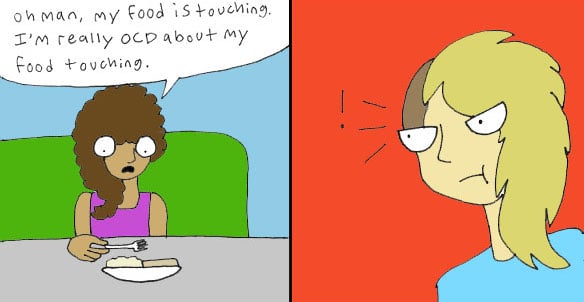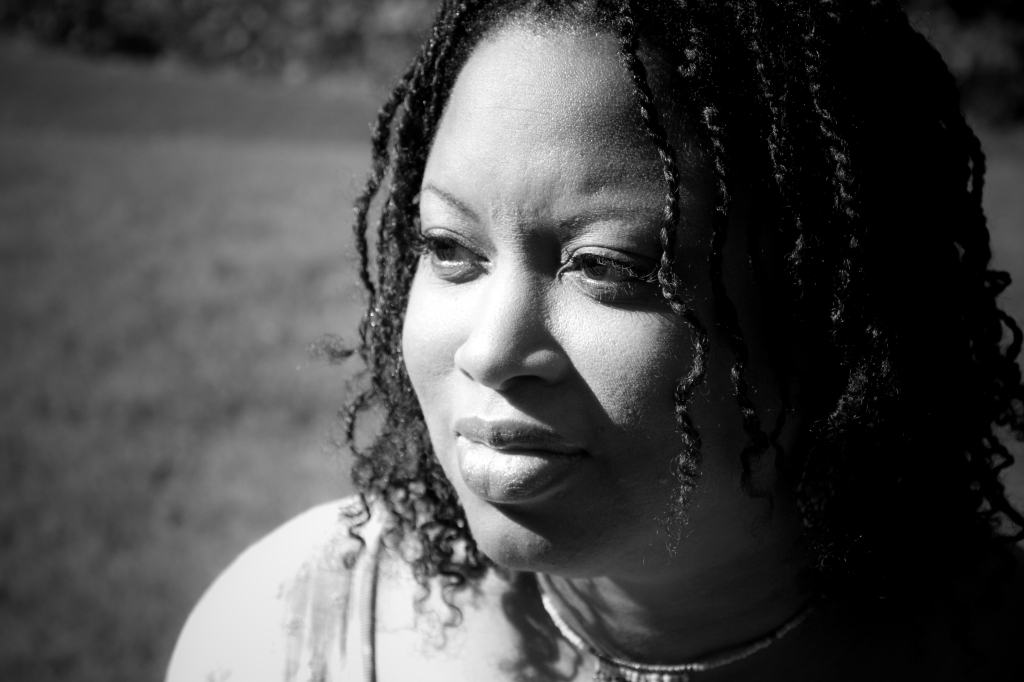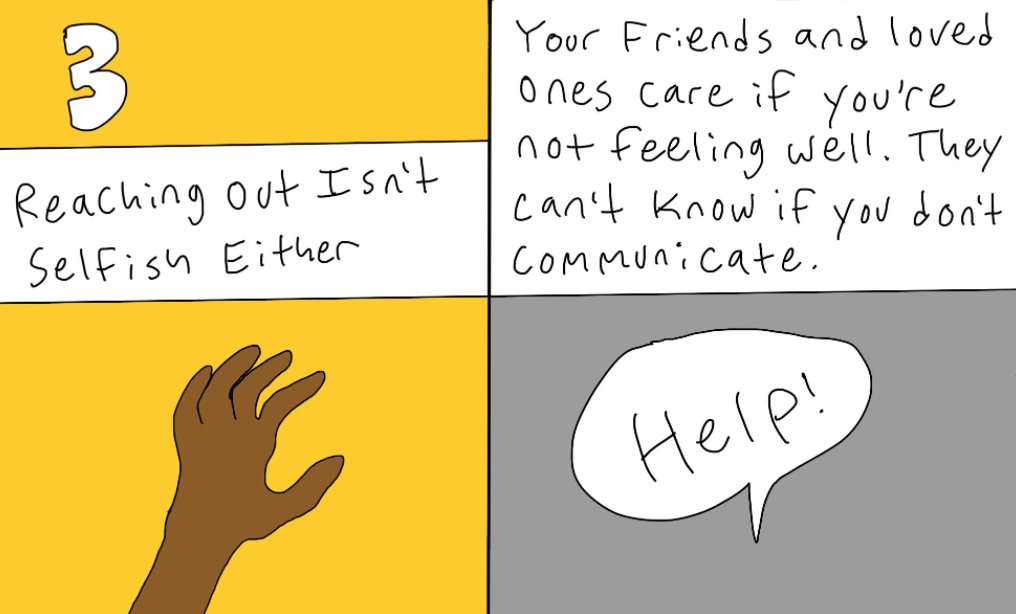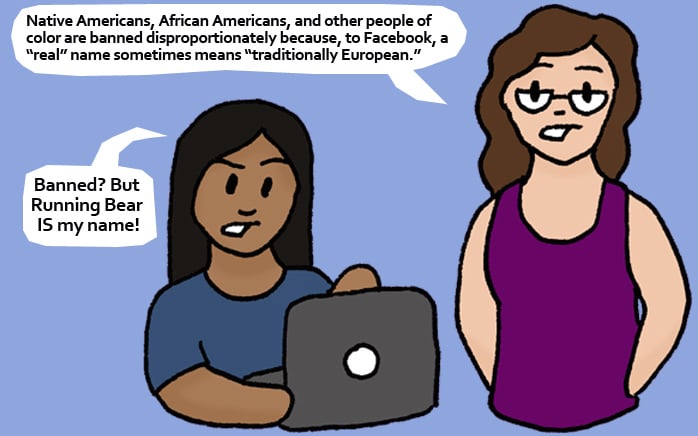Search results for: 5 ways to avoid common ally pitfalls
Explaining White Privilege – The Best of Everyday Feminism
Do you have questions about white privilege? This throwback to our most talked about posts on this topic will help you find answers.
Read More“I Don’t Think of You As Fat!” – Raising Size Accepting Children
We can change the definition of fat to mean… well, just fat. Like blue and short. So that it won’t be necessary to remind someone that they are worthy. Then you can go ahead and think of me as fat without being uncomfortable about it.
Read MoreWhy We Need Gender Neutral Language for Abortion Access
Do you think only women need access to abortions and reproductive healthcare? That assumption hurts trans and non-binary people – Jack Qu’emi shares how.
Read More‘Don’t Make Us Look Bad’: The Invisibility of LGBTQIA+ Intimate Partner Violence
We’re taught that a “normal” relationship has a cisgender man and a cisgender woman. Same with a “normal” case of intimate partner violence. But reports of LGBTQIA+ intimate partner violence are on the rise. So why is LGBTQIA+ IPV so invisible? Let’s survey the scene, and get some essential guidelines for giving safe and affirming support to LGBTQIA+ IPV survivors.
Read MoreOCD Isn’t Cute – And This Comic Shows Why We Need to Stop Acting Like it Is
“I’m so OCD about this!” It’s become way too common to use OCD as a “quirky” adjective. Check out this break-down of why it’s such a huge problem, and you’ll realize why we’ve got to be more thoughtful with our words.
Read MoreYour Child Should Never Be Forced to Hug Anyone (Yes, Including a Relative) – Here Are 7 Reasons Why
On the surface, hugging seems pleasant. But disrespecting your child’s bodily autonomy? Not so much. This list might really change your perspective.
Read MoreDo You See These 10 Everyday Sexisms?
When women take note of sexism during their daily lives, they stop accepting it as “normal.” But, in general, sexism, so densely woven into our habits, language, and traditions, is a subtle and slippery thing. Research shows that most people don’t see sexism even when it’s right in front of their noses. How do you think about and respond to these 10 everyday sexisms?
Read More23 Ways Feminists Have Made the World a Better Place for Women
Why are we still having to argue that feminism is a good thing? It may seem obvious to you, but there’s still a debate. Feminism has proved that women’s rights are human rights. Denying that is a blatant disregard for the historical record. So here’s a pocket edition of the achievements. Check it out for the next time someone says feminism has a negative impact.
Read MoreToo Rich for My Blood: 3 Survival Strategies for the Poor and Working Class
In our classist society, we’re so quick to blame and shame people struggling financially. So we don’t have compassionate conversations about poverty, its emotional and cultural impact, and how to survive it.
Read MoreWhat Happens When High School Boys Are Treated Like Women in Congress
Do you know the percentage of men that make up Congress? These high school boys’ reaction to having the tables turned shows what a big difference the number makes.
Read More7 Snarky Responses to Those Annoying Questions People Ask Single Women Who Date Men
We have a hard time envisioning a woman who isn’t driven by romantic aspirations. You need go no further than any grocery store magazine aisle to be bombarded with quizzes, horoscopes, and advice on love. And we really need society to catch up and stop asking single women annoying questions. But until that glorious day, here are seven snarky responses to try.
Read MoreHow to Deal with the Misguided Stigma Against Women’s Body Hair
Ever feel like your body hair makes you less of a woman? This cute comic gets what you’re going through – and it’s got the affirmation you need to deal with the awful stigma.
Read More5 Tips for Self-Care in a Culture That Glorifies Stress
We often view being busy and worn out as a sign of being “productive” – so how can you prioritize taking care of yourself? These practical tips can help.
Read More5 Essential Things to Remember When You Respond to Getting Called Out Online
How do you feel when you’re criticized or called out for something you’ve said or shared online? Considering these thoughts before you reply can help you find the most effective, self-sustaining response.
Read More11 Assumptions About Being Butch – And Why They Need to Stop
Have you made any of these assumptions about what it means to be butch? They’re way too common – and you might not realize how much they recreate patriarchal thinking. It’s time for a reality check.
Read More9 Myths About Matriarchs
My friend Deborah calls herself a “matriarch,” and I like the label. It implies concern not just for your children, but for everyone’s children. It implies a sense of authority and confidence that commands respect. But before more of us can embrace the role of matriarch, it seems that we need to clear up a few misconceptions about what it means to be one.
Read MoreHow Tech Companies Get Richer Than Ever – And Make Everyone Else Struggle
You might have heard that companies like Apple and Google are creating jobs and boosting economies. But do you know that some of their workers are living in their cars? Here’s what’s really going on.
Read MoreHelp! I Have a Weird Relationship with Food, But Is It an Eating Disorder?
Unhealthy “tips” about food are so common that a lot of us have disordered eating patterns and we don’t even know it. Do these signs apply to your eating habits?
Read MoreGender Neutral Parenting: 5 Ways To Avoid Implicit Sexism
In parenting, the real issue isn’t that there are differences between genders, but how parents react to those differences. If we can identify areas where we may have a bias, we can direct our awareness there to overcome it or compensate for it. Let’s look at some ways to compensate for implicit bias in our parenting.
Read More6 Alarming Ways Facebook’s ‘Real’ Name Policy Puts Its Users at Risk
Do you know why so many people don’t like Facebook’s “real” name policy? Once you read about these problems and who they harm, you’ll feel uncomfortable with it, too.
Read More




















